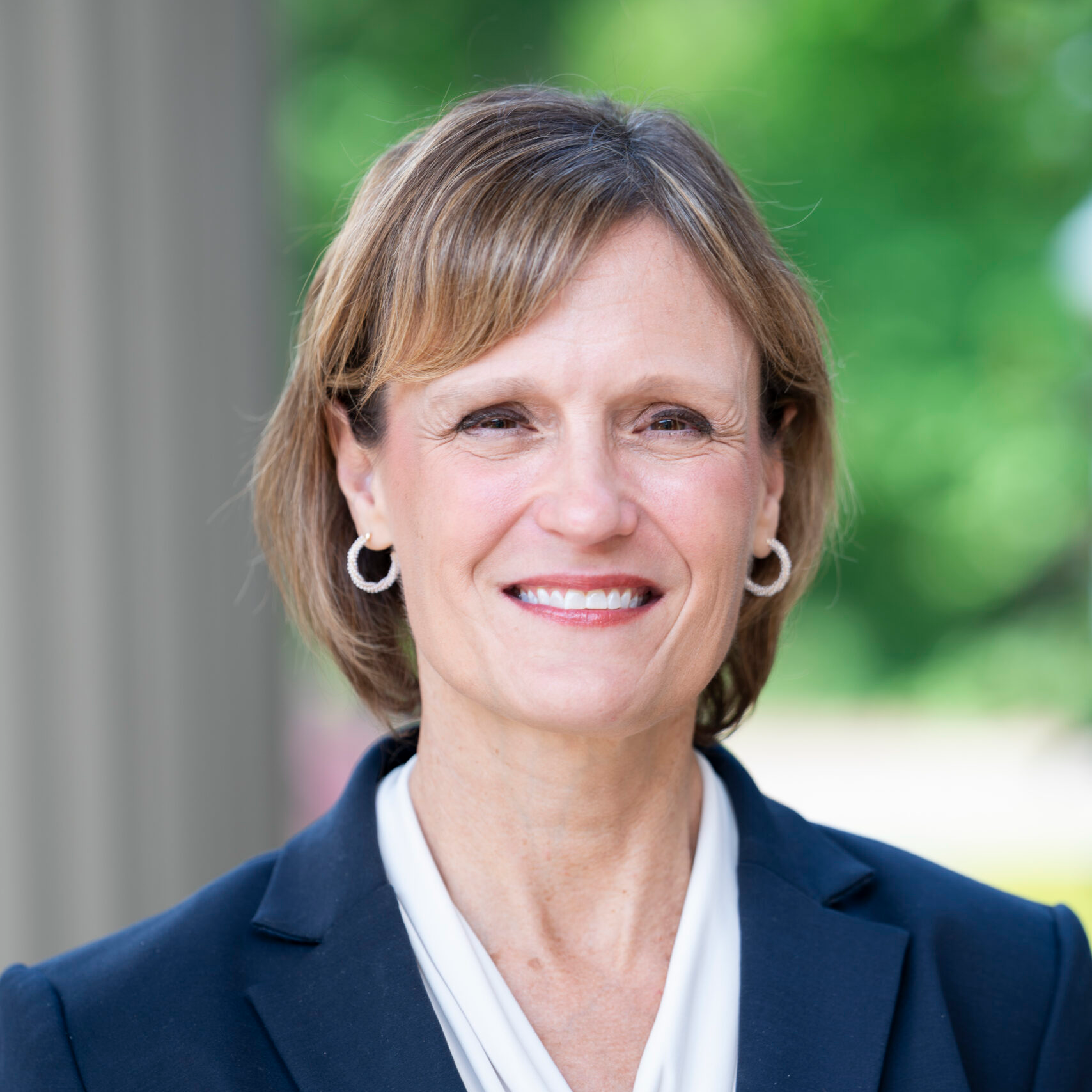A pedestrian enters a crosswalk. A car approaches. Does the race of the pedestrian influence whether the driver stops the car or continues to drive through the crosswalk?
A study of Las Vegas drivers published last month in the journal Accident Analysis and Prevention indicates that the pedestrian’s race may influence the behavior of drivers. That’s a troubling finding, particularly given that people of color are disproportionately affected by pedestrian crashes.
The study. Researchers at the University of Nevada Las Vegas selected two midblock crosswalks on minor arterial streets in the city. One crosswalk was in a higher income area. The other was in a lower income area. Two research participants, one white female and one black female, acted as pedestrians attempting to cross the street. The women were of similar heights and builds and dressed in similar, neutral colored clothing. The participants only crossed the streets when no other pedestrians were present.
First, one of the pedestrians waited near the crosswalk at the curb. She watched to see when passing cars stopped to allow her to cross the street, entering the crosswalk when the nearest car stopped and yielded. The pedestrian then walked the length of the road. An observer recorded (1) the number of cars that passed on the nearest lane before yielding while the pedestrian waited on the curb and (2) the number of cars that passed through the crosswalk with the pedestrian in the same half of the roadway.
The findings. Drivers in high-income areas yielded to waiting pedestrians less often (51.5 percent of the time) than did drivers in lower-income areas (70.7 percent of the time).
Researchers found a statistically significant interaction effect between neighborhood income and race on the number of cars that passed in the nearest lane before yielding while the pedestrian waited on the curb. Drivers were less likely to yield to the white pedestrian at the high-income crosswalk than at the low-income crosswalk. There was no significant difference in yielding at the high-income versus the low-income crosswalk for the black pedestrian.
Researchers also found a statistically significant interaction effect between neighborhood income and race on the number of cars that passed through the crosswalk with the pedestrian in the same half of the roadway. Significantly more cars passed through the crosswalk while the black pedestrian was in the roadway compared to the white pedestrian at the high-income crosswalk. There was no significant racial difference at the low-income crosswalk. In addition, for the black pedestrian, significantly more cars passed through the crosswalk while she was in the roadway in the high-income crosswalk compared to the low-income crosswalk. There was no significant difference for the white pedestrian in the number of cars that passed through the different crosswalks. The study’s authors characterized this failure to yield to a pedestrian in the roadway as a more serious safety concern than failure to yield to a pedestrian on the sidewalk. They identified this as a finding that may be a factor in the increased pedestrian crash rates for minority populations.
What does this mean? The study’s authors say the results point to a bias in driver yielding behavior based on the race of the pedestrian, which may be a factor in increased pedestrian crash rates for minority populations. The impact of that bias, as noted above, differs between high- and low-income neighborhoods.
Limitations. The authors point to several limitations of the study, but they do not mention one that seems glaring to me. Studies of the disproportionate number of deaths of minority pedestrians identify a disproportionate number of crashes in low-income and high-minority neighborhoods. This study, in contrast, identifies the bias in driver yielding behavior as occurring in the high-income area. The researchers do not explain how their findings may, notwithstanding this apparent disconnect, lead to the reduction of pedestrian crash rates in minority populations.
Brain science. The UNLV study is yet another example of scientists’ efforts to determine how biases of which we are not consciously aware may affect our behavior. I heard about the study in an interview with National Public Radio’s (NPR) Shankar Vendantam, whose reporting focuses on human behavior and the social sciences. Similar studies are ongoing across the world. Indeed, shortly after Vendantam’s report on the UNLV study, NPR reported on an immersive experience former Talking Heads frontman David Byrne has helped create in Menlo Park, California: The Institute Presents: Neurosociety. The project is a kind of participatory theater that allows visitors to participate in mock experiments that focus on “how the human brain perceives what it senses, comes to conclusions, and then acts.”
For several years now, the School of Government has offered training for judges and other officials on this topic, often referred to as “Implicit Bias.” Research into this phenomenon, like the study discussed above, continues to demonstrate that humans frequently act based upon brain associations of which they are unaware. The cure? Experts recommend, among other factors, slowing down, focusing on the task at hand, and using a deliberative process. For the crosswalk example, the bias could be readily removed by a driver’s deliberate decision to stop for every pedestrian waiting at a crosswalk and every pedestrian walking in the driver’s lane of travel.

